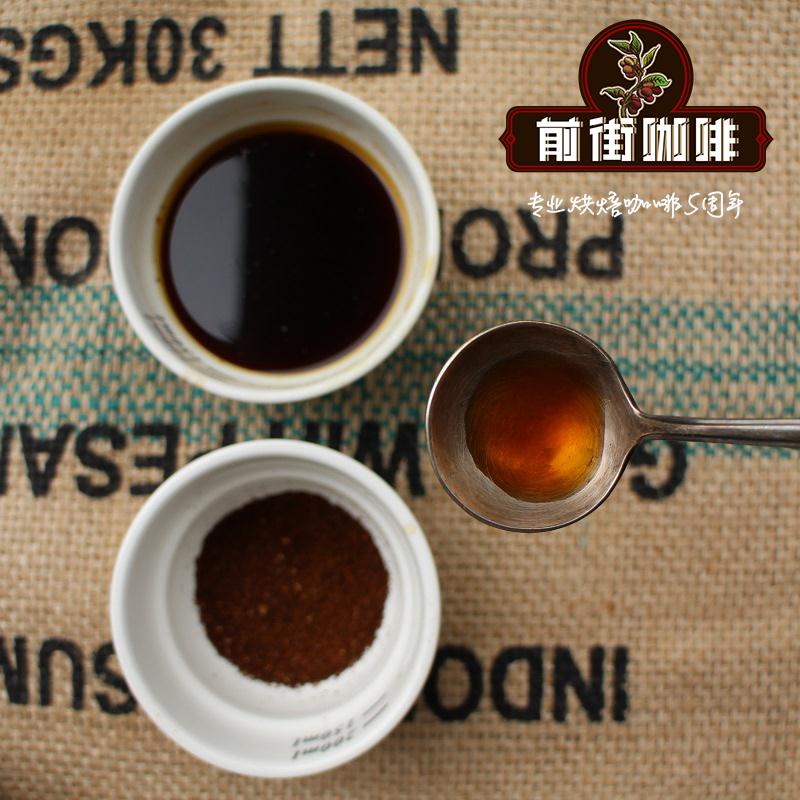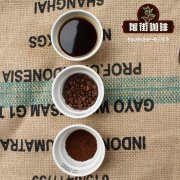Does Tanzania produce coffee? how do Tanzanian coffee beans taste? coffee brewing advice

Professional coffee knowledge exchange more coffee bean information please follow the coffee workshop (Wechat official account cafe_style)
Tanzania, also known as the United Republic of Tanzania, is located in eastern Africa and south of the equator, bordered by Kenya and Uganda in the north, Zambia, Malawi and Mozambique in the south, Rwanda, Burundi and the Democratic Republic of the Congo in the west, and the Indian Ocean in the east.
In the mid-16th century, the haya tribe in northwestern Tanzania introduced coffee from present-day Ethiopia.
The haya tribe in northwestern Tanzania introduces coffee from Ethiopia, known as hayaca or "anwani" coffee, which is chewed and eaten as a stimulant (coffee cherries) instead of being used as a drink to use coffee as a currency. Growing coffee requires the permission of tribal leaders.
Bourbon coffee was introduced to the Kilimanjaro region of Tanzania by Catholic priests in 1898, and in 1911, German colonists forced farmers to grow Arabica as a cash crop. In 1920, kent (variety) was introduced, so the main varieties grown in Tanzania are bourbon and Kent.
In 1925, local growers in the Chaga region established the Kilimanjaro Local growers Association (KNPA). This is the first farmers' cooperative organization in Tanzania. The association can sell coffee directly to the British market to get a higher price. In 1970, farmers actively planted coffee, but the output was difficult to increase. In 1990 coffee exports were reformed and privatized to allow growers to sell coffee more directly.
Nowadays, in the eyes of most Western countries, Tanzanian coffee is the most famous for its round beans.
Climate:
The eastern coastal area of Sonia and part of the inland lowlands have a savanna climate, while the western inland plateau has a tropical mountain climate, with an average temperature of 21-25 ℃ in most areas. More than 20 islands in Zanzibar have a tropical maritime climate, hot and humid all the year round, with an annual average temperature of 26 ℃.
The types of rainfall can be divided into bimodal distribution and unimodal distribution. The areas with double bee rainfall include the provinces around the Lake Victoria basin, the northeast highlands, the coastal and inland northeastern. The bimodal rainfall area is characterized by two rainy seasons. The short rainy season occurs from September to December. The total rainfall can reach 200-500 mm. The long rainy season occurs from March to May, and the rainfall reaches 300-600 mm. The areas outside the double bee distribution rainfall area belong to the single bee distribution rainfall area, the rainfall time is from November to April, and the rainfall reaches 500-1000 mm. The northern region has fertile volcanic soil.
Taste: medium acidity and texture, pleasant aroma, pleasant aroma and sweetness.
Cooking suggestion: recommended cooking method: hand filter cup: Hario V60 water temperature: 90 ℃ powder / water ratio: 1:15 Grinding degree: BG 5R (Chinese standard No. 20 sieve pass rate 58%)
Cooking method: 28 grams of water steaming for 30 seconds, water injection to 127 grams, and so on when the water level is about to expose the powder bed, continue to inject water to 225 grams, when the water level is about to expose the powder bed, remove the filter cup, (steaming starts) the extraction time is one minute and 50 seconds.
Important Notice :
前街咖啡 FrontStreet Coffee has moved to new addredd:
FrontStreet Coffee Address: 315,Donghua East Road,GuangZhou
Tel:020 38364473
- Prev

What is Rainforest Certification Coffee? what is the use of Rainforest Alliance Certification? how does it help coffee?
Professional coffee knowledge exchange more coffee bean information please follow the coffee workshop (Wechat official account cafe_style) Rainforest Alliance certification refers to coffee farms that meet the standards set by the alliance, the alliance will protect the farm and the surrounding ecological environment, will restrict the use of pesticides, reduce the use of pesticides, and will carry out a benchmark for waste management and disposal.
- Next

Is kilimanjaro blend Coffee Fine Coffee Kilimanjaro Coffee Bean brewing suggestion
Professional coffee knowledge exchange more coffee bean information please follow the coffee workshop (Wechat official account cafe_style) kilimanjaro blend is mixed coffee, that is, the use of several different flavor of coffee beans to make a unique flavor of coffee. Mixed coffee, also known as mixed coffee, blended coffee, is one of the general terms of coffee classification. Italian coffee which is popular nowadays.
Related
- Beginners will see the "Coffee pull flower" guide!
- What is the difference between ice blog purified milk and ordinary milk coffee?
- Why is the Philippines the largest producer of crops in Liberia?
- For coffee extraction, should the fine powder be retained?
- How does extracted espresso fill pressed powder? How much strength does it take to press the powder?
- How to make jasmine cold extract coffee? Is the jasmine + latte good?
- Will this little toy really make the coffee taste better? How does Lily Drip affect coffee extraction?
- Will the action of slapping the filter cup also affect coffee extraction?
- What's the difference between powder-to-water ratio and powder-to-liquid ratio?
- What is the Ethiopian local species? What does it have to do with Heirloom native species?

